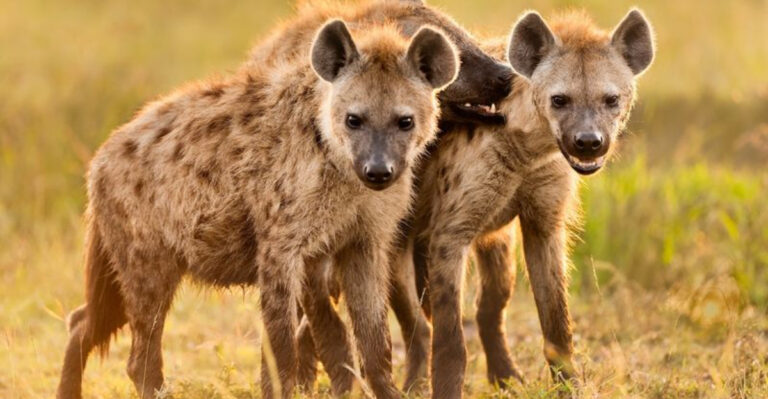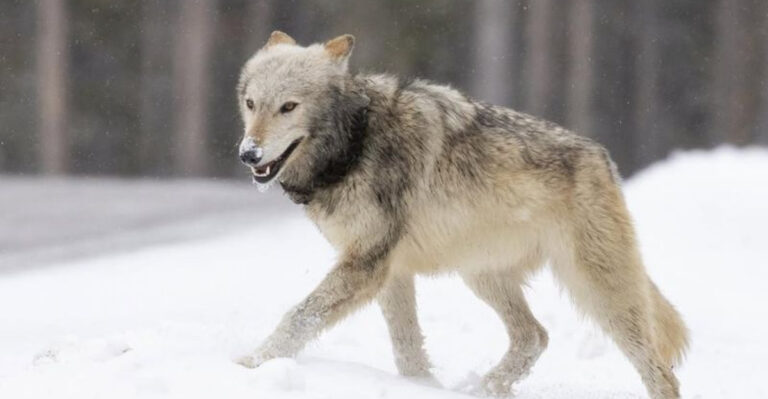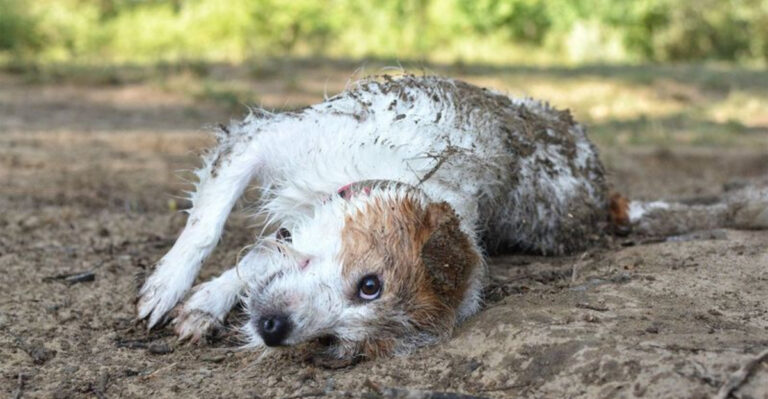Why So Many Fossils Are Found In The Same Spots Known As Dino Graveyards
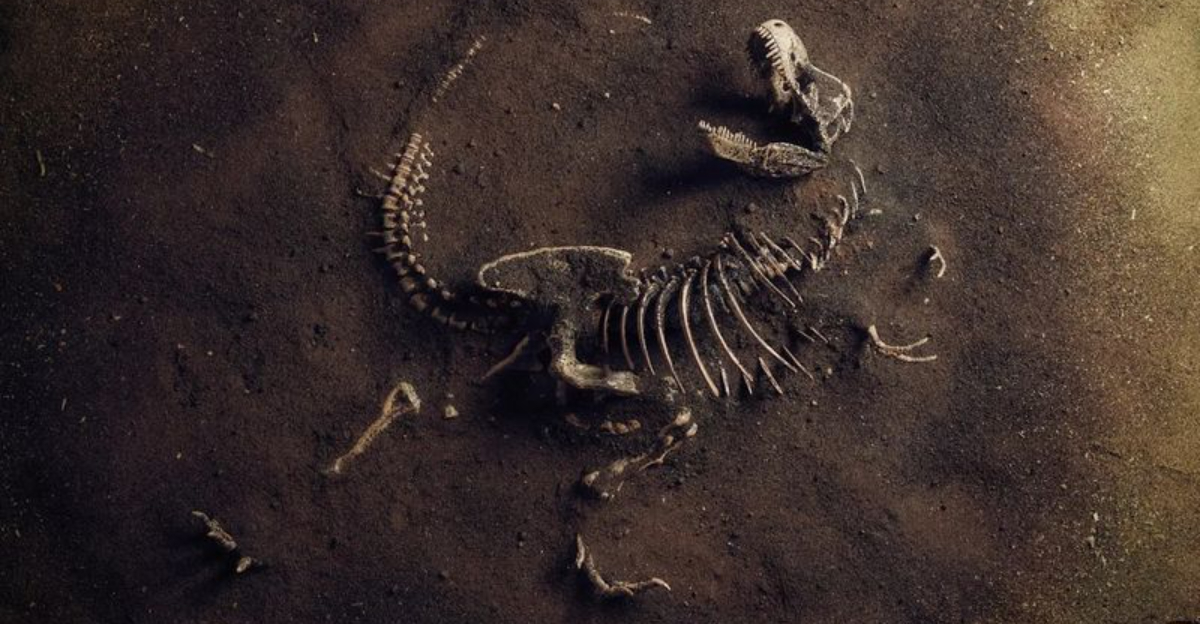
Ever wondered why dinosaur bones sometimes pile up in the same place? These mysterious spots, nicknamed ‘dinosaur graveyards,’ have puzzled scientists for generations.
From Montana to Mongolia, these fossil hotspots contain thousands of bones jumbled together, creating natural history treasure troves that tell amazing stories about Earth’s past.
Flash Floods Trapped Herds Together
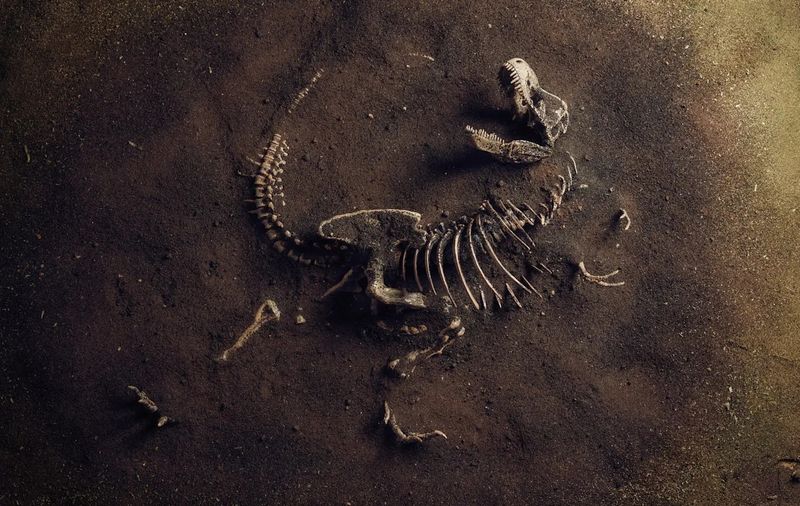
Raging prehistoric floods swept away entire dinosaur herds in minutes. The powerful waters carried their bodies downstream, depositing them in low-lying areas where sediment quickly covered them.
This rapid burial protected the bones from scavengers and weathering, creating a snapshot of dinosaur communities frozen in time. The Hell Creek Formation in Montana shows evidence of such catastrophic flood events.
Drought-Stricken Watering Holes Became Death Traps

During ancient dry spells, dinosaurs gathered around shrinking water sources. As these oases dried up, hundreds of desperate animals would crowd together, ultimately dying of thirst or hunger.
Their remains accumulated in dense bone beds around the vanished water. The Cleveland-Lloyd Dinosaur Quarry in Utah demonstrates this phenomenon, with over 12,000 bones discovered in what was once a prehistoric mud trap.
Volcanic Eruptions Created Mass Graves

Volcanic disasters entombed dinosaurs in ash and mud flows. The intense heat and toxic gases killed creatures instantly, while volcanic material preserved their remains remarkably well.
China’s Liaoning Province contains extraordinary fossils where even soft tissues and feathers survived. These catastrophic events created time capsules, preserving dinosaurs exactly where they stood when disaster struck.
Quicksand and Tar Pits Preserved Predator and Prey

Natural traps like quicksand and sticky tar pits caught dinosaurs unaware. One struggling animal would attract predators, creating a deadly cycle as hunters became trapped alongside their intended meals.
The La Brea Tar Pits demonstrate this principle with Ice Age mammals. Similar prehistoric traps created dense fossil concentrations where multiple species are found together in their final moments.
Seasonal Migration Routes Created Bone Accumulations
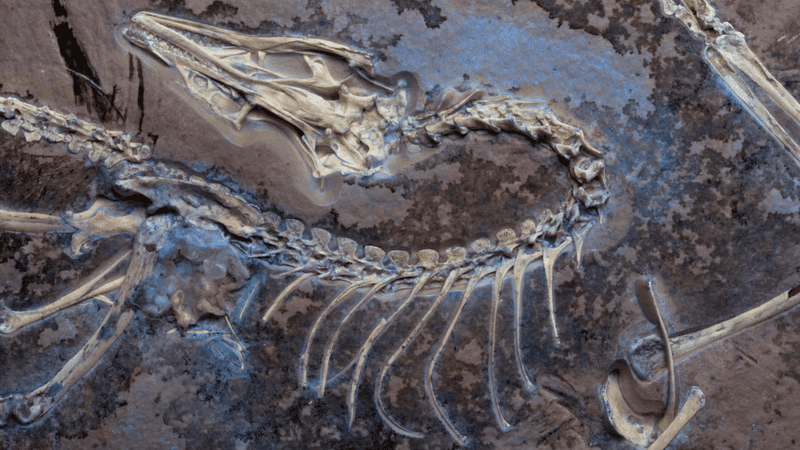
Dinosaurs followed regular migration paths, often crossing dangerous rivers or mountain passes. These natural bottlenecks became death zones where animals perished year after year attempting treacherous crossings.
Over centuries, bones accumulated in these same spots. The Two Medicine Formation in Montana shows evidence of hadrosaur herds that died while migrating, creating rich fossil beds along ancient travel routes.
Ancient River Deltas Concentrated Remains

River systems acted like natural bone collectors. Flowing water transported dinosaur remains from vast areas, depositing them where currents slowed in deltas and floodplains.
These waterways sorted bones by size and weight, creating distinctive fossil patterns. The famous Hell Creek Formation spans several states because it represents an enormous ancient river system that gathered dinosaur remains across what is now the American West.
Shifting Dunes Buried Entire Ecosystems
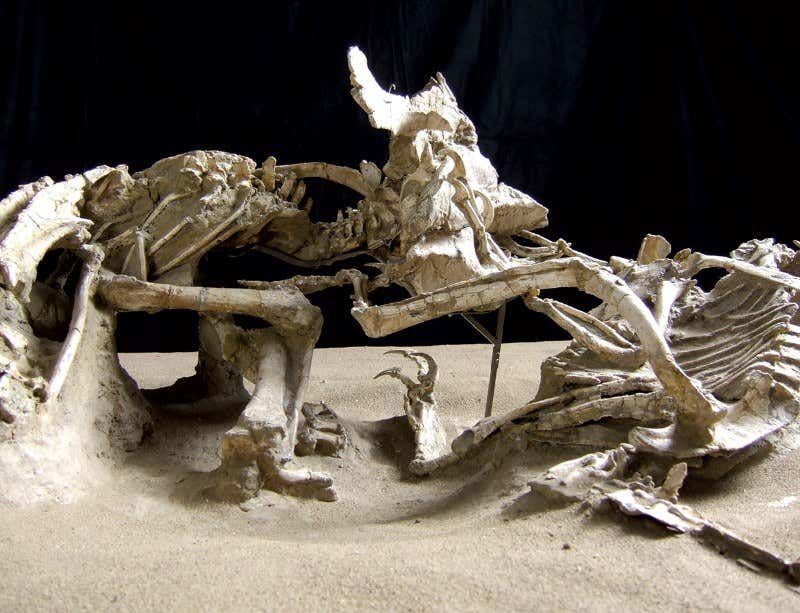
Giant sand dunes sometimes engulfed dinosaurs during storms or collapses. The Gobi Desert in Mongolia reveals dinosaurs seemingly frozen in action – fighting, nesting, or even sleeping.
These sand burials happened so quickly that animals couldn’t escape. The famous “fighting dinosaurs” fossil shows a Velociraptor and Protoceratops locked in combat, instantly buried when a dune collapsed on them 80 million years ago.
Nesting Colonies Created Generational Bone Beds

Many dinosaurs returned to the same nesting grounds year after year. These sites accumulated bones from multiple generations as eggs failed to hatch and adults died protecting their young.
Montana’s Egg Mountain contains thousands of Maiasaura fossils from babies to adults. This maternal behavior, similar to modern sea turtles returning to specific beaches, created dense fossil concentrations showing family groups preserved together.
Ancient Caves Preserved Remains Intact
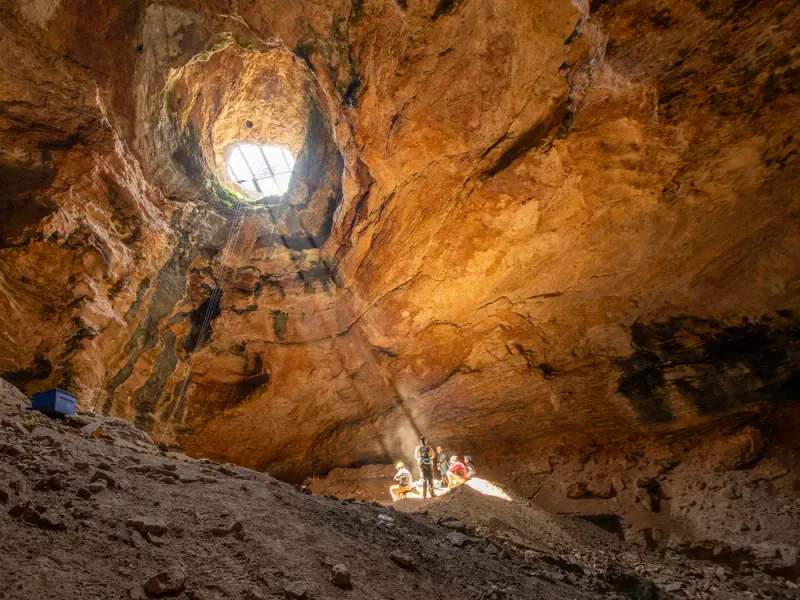
Prehistoric caves and fissures acted as natural fossil traps. Animals fell into these openings or sought shelter during storms, becoming trapped and perishing inside.
Over time, sediment filled these spaces, protecting the remains from erosion and scavengers. The Crystal Geyser Dinosaur Quarry in Utah represents an ancient sinkhole where dinosaurs accumulated, creating a concentrated bone bed isolated from the outside world.

